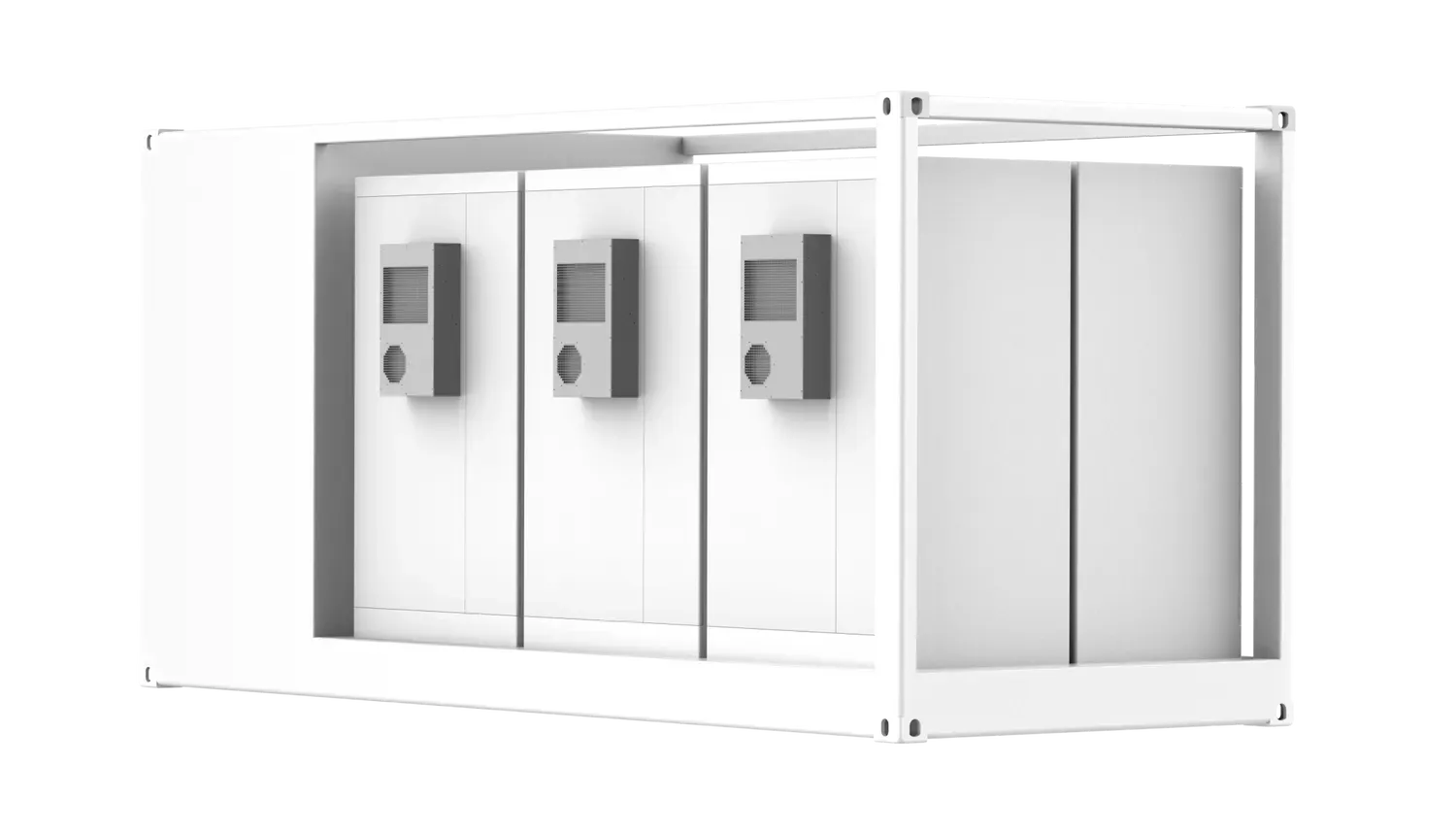
Inquiry
Why Choose ESS Containers? Five Key Advantages of Modular Energy Storage
The global energy storage system market is on track to reach $186.9 billion by 2030, with ESS containers leading the charge in modular energy storage solutions. As solar and wind power drive the transition to net-zero, their intermittent nature demands reliable, scalable storage. Containerized battery storage, like ESS containers, offers a transformative approach, blending flexibility, efficiency, and innovation.
This article explores five key advantages of ESS containers, highlighting why they’re the preferred choice for businesses, utilities, and governments. From rapid deployment to cost savings, we’ll show how modular energy storage is shaping a sustainable future, with insights from real-world applications and technical details.
What Are ESS Containers?
ESS containers are pre-assembled modular energy storage systems housed in standard 20ft or 40ft shipping containers. They integrate lithium iron phosphate (LFP) batteries, inverters, cooling systems, fire suppression units, and smart software like Battery Management Systems (BMS) and Energy Management Systems (EMS). Factory-tested for plug-and-play deployment, these containerized battery storage units excel in renewable energy integration, grid stabilization, and commercial energy storage solutions. Their scalability and resilience make them a versatile alternative to traditional storage systems.
 ACE Battery's ESS Container - C&I EnerCube
ACE Battery's ESS Container - C&I EnerCubeFive Key Advantages of ESS Containers
1. Modular and Scalable Design
The hallmark of ESS containers is their modularity, with standardized sizes that allow seamless scaling from kilowatt-hours (kWh) to megawatt-hours (MWh). This flexibility eliminates the need for costly infrastructure redesigns, making modular energy storage ideal for diverse applications. For instance, a California solar farm in 2023 started with two 2MWh ESS containers and later expanded to 10MWh by adding units, meeting rising demand without delays. Whether powering a small factory or a industrial renewable project, containerized battery storage adapts effortlessly, reducing costs and enabling future growth. The ability to stack or combine ESS containers ensures businesses can scale modular energy storage to match evolving energy needs.
2. Rapid Deployment with Plug-and-Play Integration
In scenarios like disaster recovery or peak demand, speed is critical, and ESS containers deliver with plug-and-play functionality. Pre-integrated with LFP batteries, BMS, and EMS, these containerized battery storage systems are factory-tested and ready for deployment in days. A Texas data center, for example, installed a 1MWh ESS container in just 72 hours during the 2024 summer peaks, ensuring uninterrupted power and avoiding outages that could have cost millions. This rapid setup, a cornerstone of modular energy storage, minimizes labor costs and enables swift responses to market or environmental challenges, making ESS containers a go-to solution for time-sensitive commercial energy storage solutions.
3. Environmental Resilience and Durability
ESS containers are engineered to thrive in harsh environments, from deserts to coastal zones. Built with corrosion-resistant materials and IP54+ ratings, they withstand extreme weather, ensuring reliable operation in challenging conditions. In Australia’s Outback, a 2MWh ESS container powers a remote mining microgrid, enduring 40°C heat and dust storms while maintaining consistent performance. This durability reduces maintenance costs and makes containerized battery storage ideal for off-grid or remote locations. By leveraging robust designs, modular energy storage systems like ESS containers deliver long-term value, supporting sustainable energy projects worldwide.
4. Cost Savings Through Energy Optimization
ESS containers go beyond storage, optimizing energy use to deliver significant cost savings. Through peak shaving—using stored power during high-cost periods—and energy arbitrage—buying low and selling high—businesses can slash electricity bills. A German factory, for instance, deployed a 1.5MWh ESS container to store off-peak energy, cutting costs by 25% annually and achieving payback in under five years. Paired with incentives like the U.S. Investment Tax Credit (ITC), modular energy storage offers compelling ROI for commercial energy storage solutions. By enabling smarter energy management, containerized battery storage empowers businesses to maximize efficiency and profitability.
5. Enhanced Safety and Reliability
Safety is a priority in modular energy storage, and ESS containers are equipped with advanced features to ensure reliability. Water-based fire suppression, smoke/heat detectors, and BMS for real-time monitoring prevent thermal runaway and system failures. In Shanghai, a 5MWh ESS container supports grid stabilization, using LFP batteries with 6000-cycle lifespans and zero degradation for five years. These safety measures, combined with robust software, protect investments and ensure uninterrupted operation. For factories and businesses relying on containerized battery storage, ESS containers provide peace of mind, making them a trusted choice for critical commercial energy storage solutions.
Container ESS Applications
ESS containers shine across sectors. A 10MWh solar farm in Nevada uses modular energy storage to store daytime energy for nighttime use, reducing fossil fuel reliance. In Singapore, a hospital leverages a 1MWh ESS container for backup power, ensuring critical systems stay online during outages. Meanwhile, a UK utility employs containerized battery storage for frequency regulation, stabilizing the grid during peak loads. These applications highlight the versatility of ESS containers in microgrids, industrial projects, and renewable energy integration.
Challenges and Solutions
High initial costs can be a hurdle for large-scale ESS containers, but leasing models and policy incentives like the ITC lower barriers. Operating modular energy storage also requires technical expertise, which manufacturers address through comprehensive training and support programs, ensuring smooth adoption for businesses and utilities.
The Future of ESS Containers
The future of ESS containers is bright, with innovations like higher energy density (e.g., 6.25MWh in a 20ft container), AI-driven EMS for smarter grid interactions, and next-gen batteries like solid-state or sodium-ion. As global demand surges, containerized battery storage will play a pivotal role in achieving net-zero goals, especially in markets like the U.S. and China.
Conclusion
ESS containers are redefining modular energy storage with their scalability, rapid deployment, durability, cost-saving potential, and advanced safety. For businesses, utilities, and governments navigating the energy transition, containerized battery storage is a game-changer.
At ACE Battery, we’re proud to lead this transformation with our C&I EnerCube, a state-of-the-art ESS container designed for commercial energy storage solutions. Guided by our 3S philosophy—Safe, Strong, Smart—the C&I EnerCube delivers from 860 kWh up to 1,720 kWh per container, exceptional modularity, and intelligent energy management. Whether you’re powering a factory, stabilizing a microgrid, or integrating renewables, the C&I EnerCube offers tailored, reliable solutions.
Ready to transform your energy strategy? Contact ACE Battery at sales@acebattery.com or visit us at www.acebattery.com to explore our cutting-edge modular energy storage solutions.
Our expert will reach you out if you have any questions!
